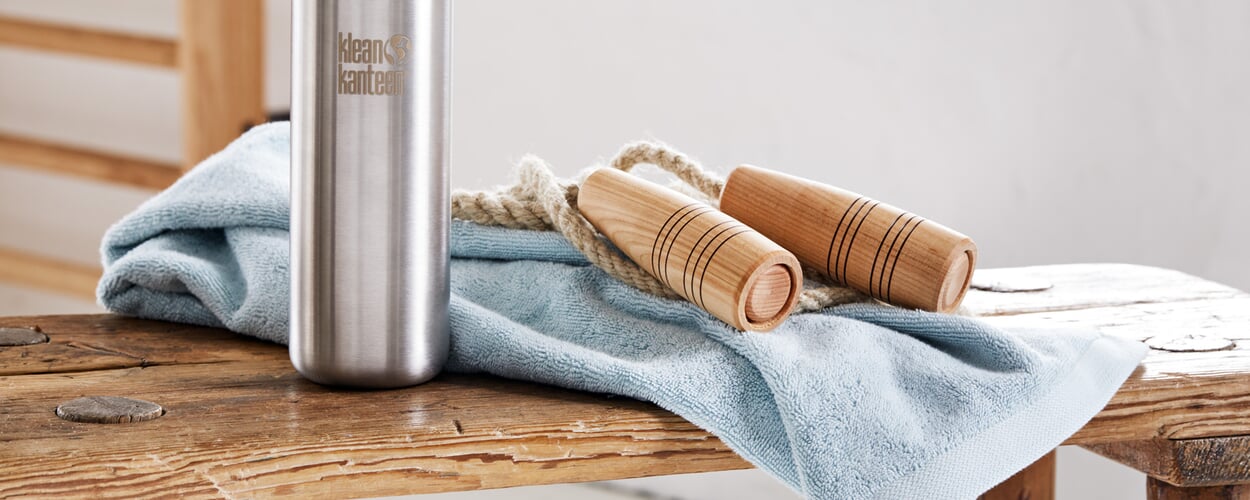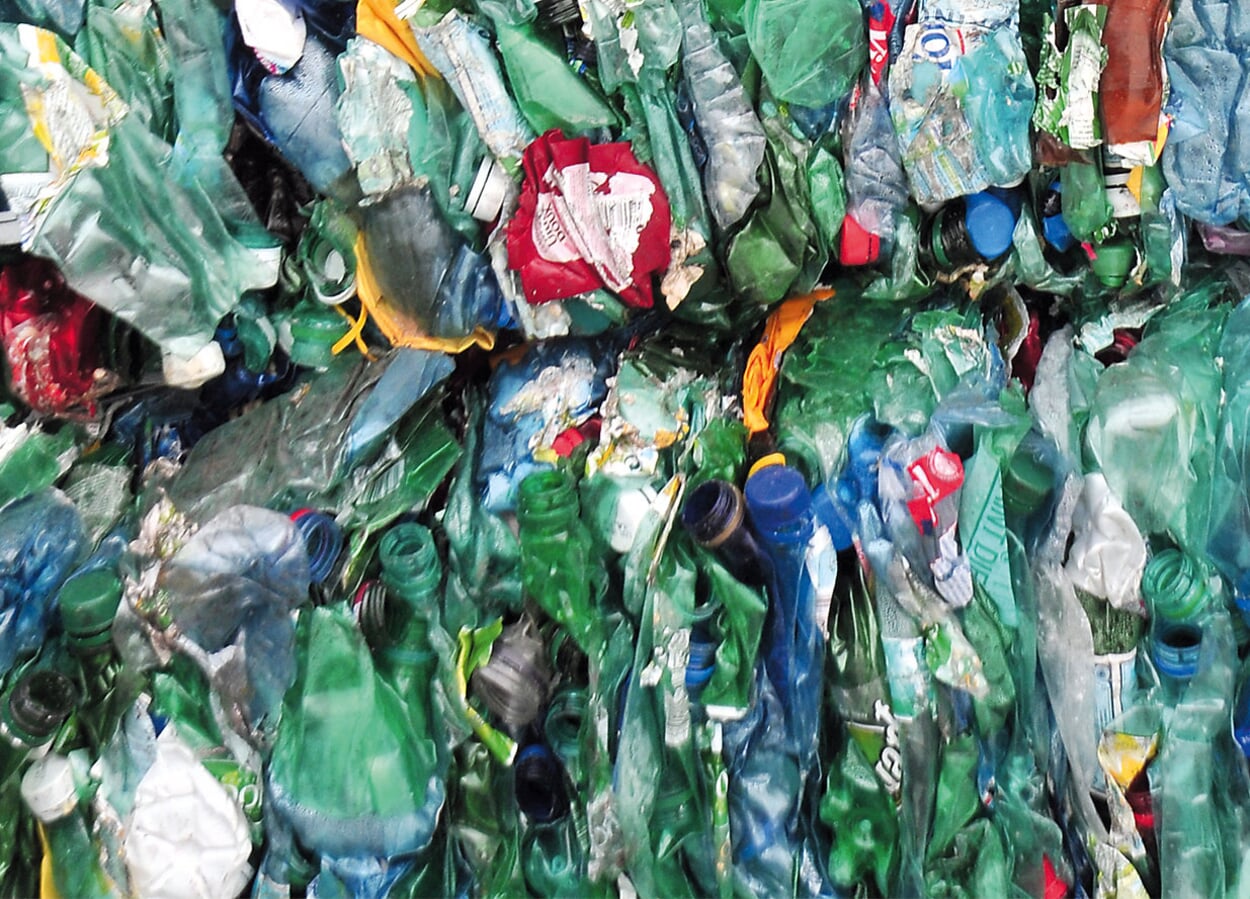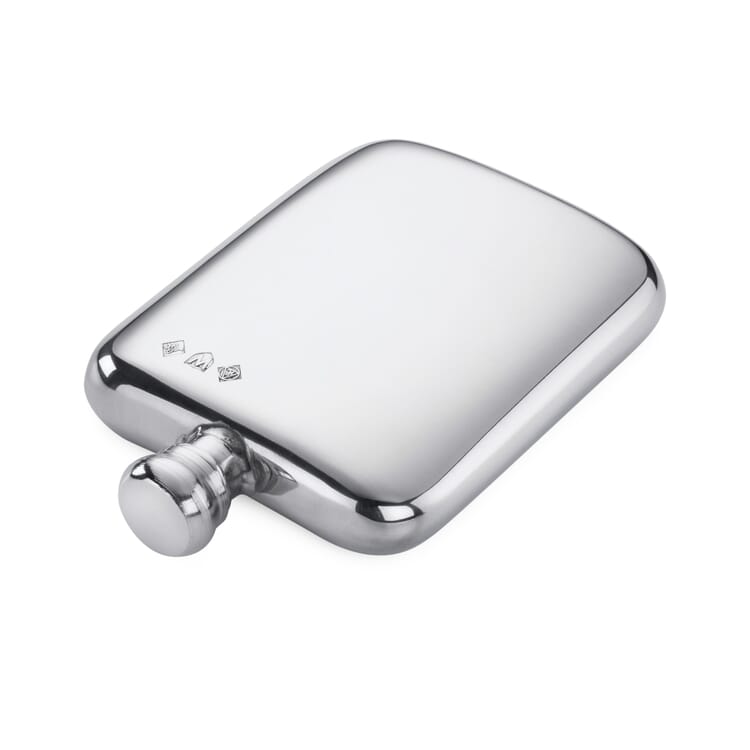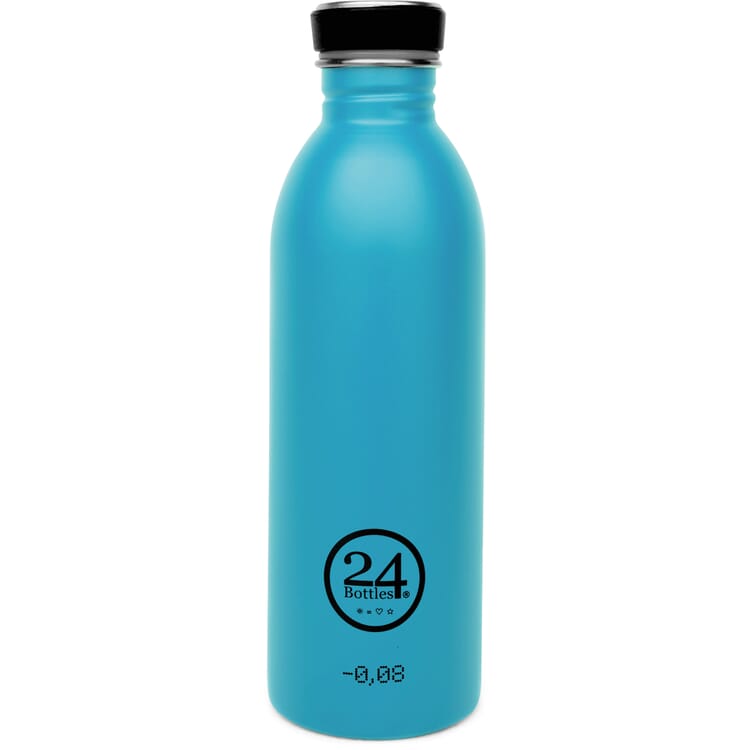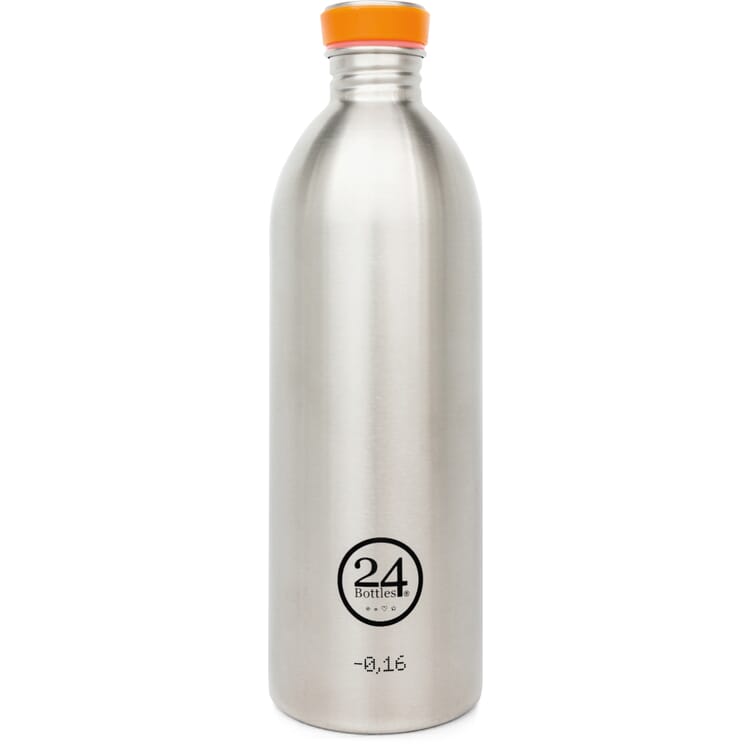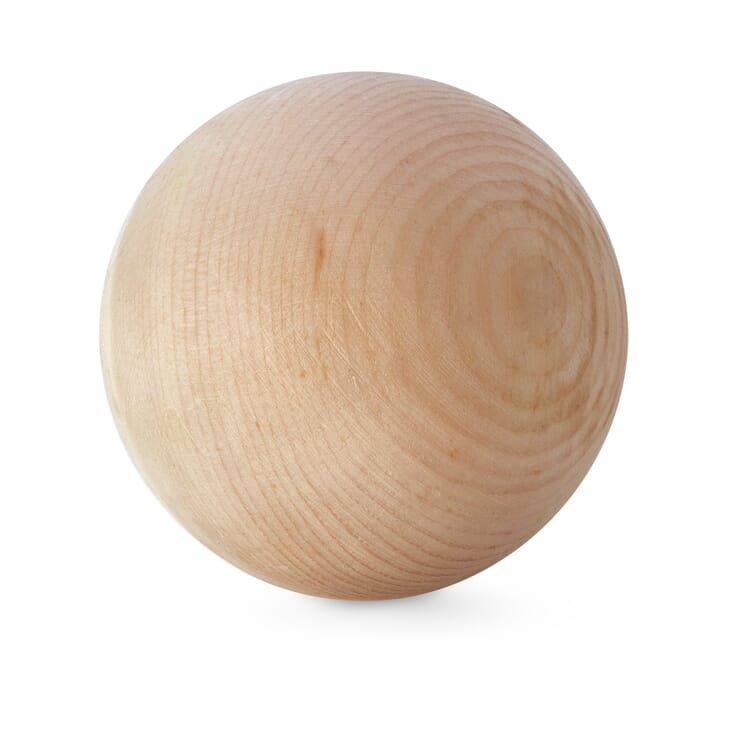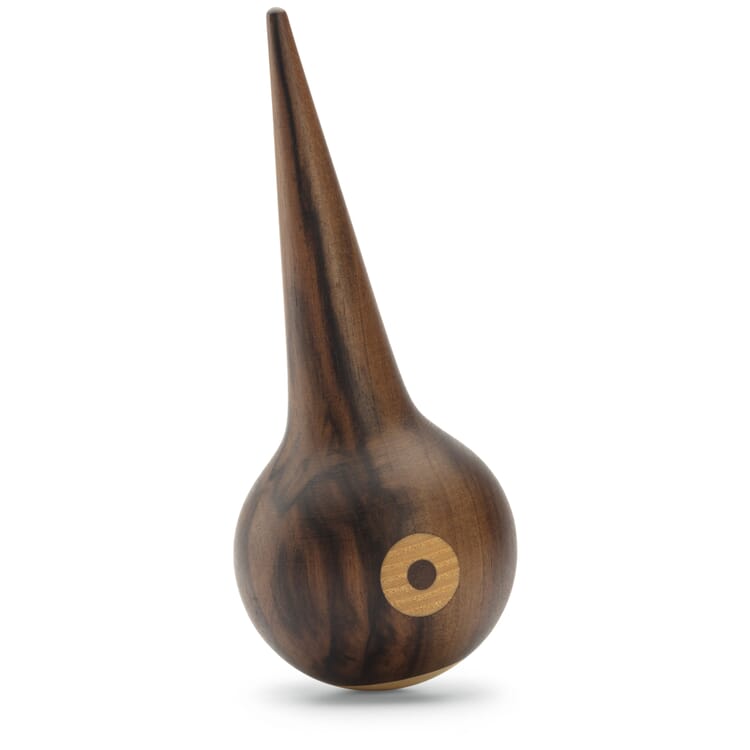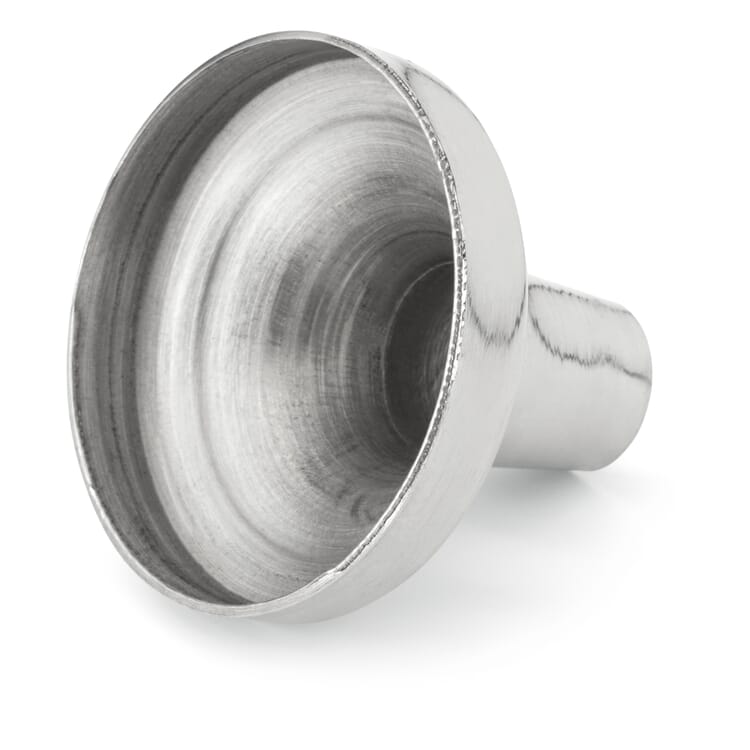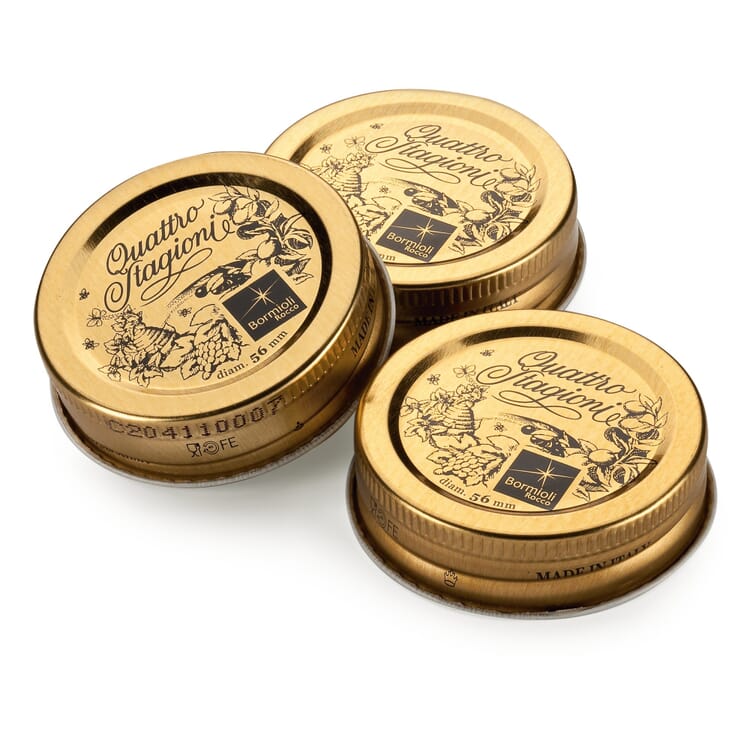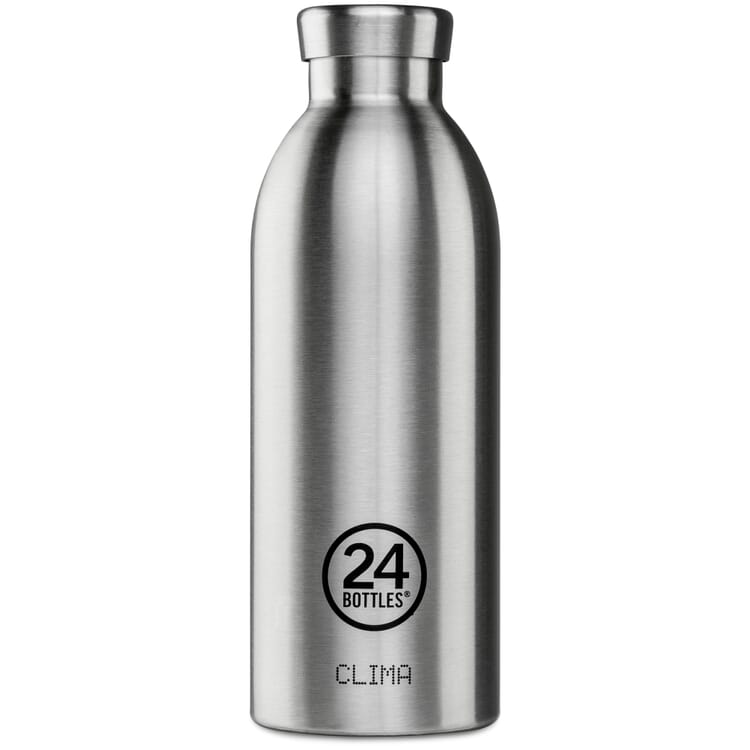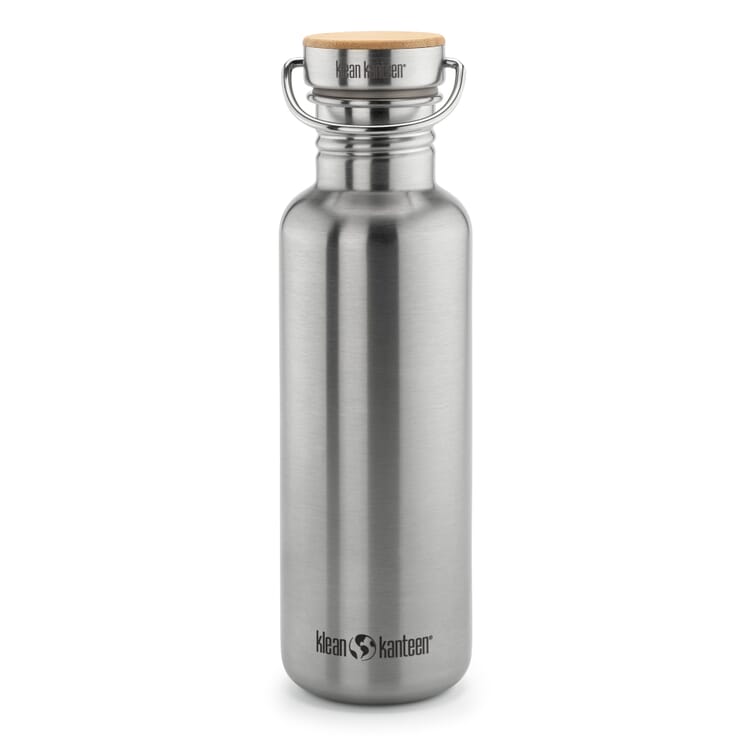Advisor
More ways with reusable. Our drinking bottles
Unquenchable thirst, no drink within reach and no one who can hold a candle to you? That can really wear on your nerves when you're out and about. It's better to be well equipped - with a water bottle that's always to hand. Whether you prefer tea, coffee or water, we have the right drinks container for you - from vacuum jugs to thermo mugs, from bicycle drinking bottles to coffee-to-go mugs - all of them attractive, handy and with the best function. Depending on your thirst and where you use them, you can choose between different filling volumes and formats as well as between large and small filling or drinking openings.
Our drinking bottles are made of high-quality, robust materials and yet are so light and compact that they don't weigh too much when you're on the go and take up hardly any space. And they are a clean alternative to disposable containers such as disposable cups and PET bottles. Stainless steel is the material of choice for our drinking bottles, as it is durable, virtually indestructible and tasteless. We even avoid using plastic for the closures as far as possible. If it is used, it is of course free from bisphenol-A (BPA), plasticizers and other harmful substances. As you can see, we do everything we can to ensure that you can quench your thirst sustainably wherever you go.
The disposable bottle and its imaginary journey to the moon
More and more disposable plastic bottles are flooding the German market. According to Deutsche Umwelthilfe, they are now the dominant packaging material for beverages with a total market share of more than 50 percent, even though they are resource-intensive and harmful to the climate. In Germany alone, 1.9 million single-use plastic bottles are consumed every hour. This amounts to 16.4 billion bottles a year, which together create a mountain of waste amounting to 470,000 tons of plastic. Taken together, the bottles would stretch 14 times from the earth to the moon. If we ask ourselves what Homo sapiens will leave behind for posterity, one thing is certain: huge amounts of plastic waste. After all, it takes an estimated 450 years for a PET bottle to break down into its component parts. It will probably never be completely degraded. What remains is microplastic - tiny plastic particles, barely visible to the naked eye - in the water, soil, air and now also inside all living things. Welcome to the Plastocene.
Although plastic was only invented at the beginning of the 20th century, we have now managed to "cover" our planet with plastic across the board. And we can't quite get rid of the "ghosts" that we called. Plastic is in the world, and that's where it will stay for the time being. But we can all do something together to reduce the mountain of waste PET bottles - for example, by relying more on reusable bottles and filling our own water - fresh from the "crane". According to the Federal Environment Agency, tap water is of very good quality throughout Germany. Tests have shown that it even contains fewer microplastics than mineral water from bottled reusable or disposable bottles. So we can confidently fall back on our own "Kranenberger".
For health and against thirst
Adequate fluid intake is important to ensure that our organs, muscles and brain cells function properly and that we remain healthy, fit and efficient. Good sources of fluids are water and unsweetened herbal or fruit teas. Despite its diuretic and sodium-excreting effect, coffee can also be confidently included in the fluid balance. But what is the daily fluid requirement? First of all, we already consume part of the fluid we need, around 0.7 liters, with our food. Many doctors and the German Nutrition Society (DGE) in Bonn consider an additional intake of 1.5 liters to be completely sufficient. We need a little more in hot weather and during physical exertion. The recommendation to drink at least two liters a day, which is probably mainly propagated by the drinks industry, is therefore now obsolete.
As a rule, our body tells us when it needs fluids. We should therefore drink when we are thirsty. In old age, with increased stress and in people with health restrictions, this basic need can be reduced. Children are also often less thirsty. They should be encouraged to drink. To ensure that we drink enough at all times, it is a good idea to always have our preferred drink to hand - whether for sport, outdoor activities or at school, whether going to the office or university.
A few more tips on hygiene: do not leave drinks in their containers for too long and make sure you clean the drinking bottle thoroughly after each use. If it is not dishwasher-safe, use hot water, a little washing-up liquid and a bottle brush. You can tackle stubborn deposits with soda, baking soda or baking powder. And your companion is ready for its next outdoor use.

